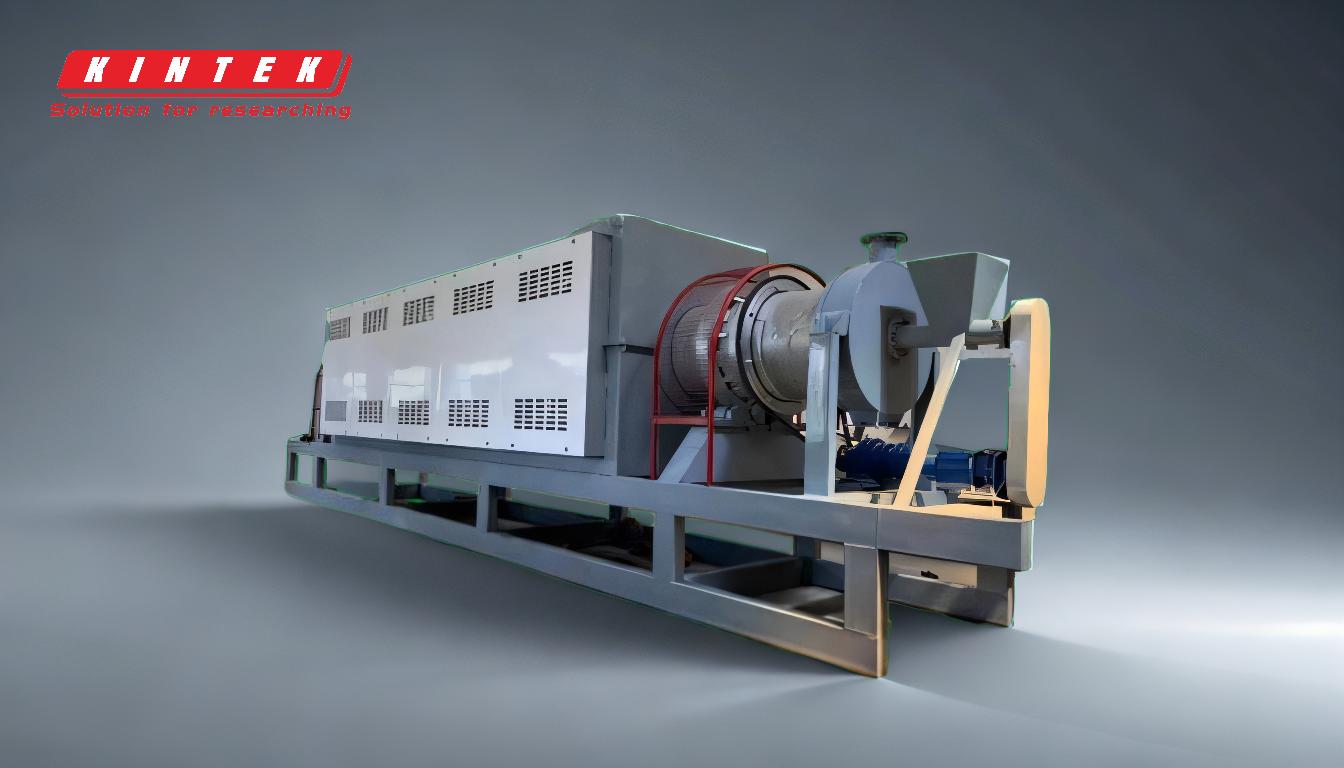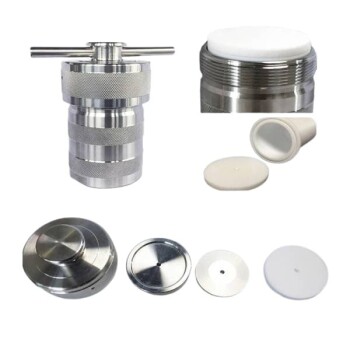Pyrolysis is a thermochemical process that decomposes organic materials at high temperatures in the absence of oxygen. The feedstock for pyrolysis includes a wide range of biomass materials, such as agricultural residues, forestry by-products, waste wood, municipal solid waste, and energy crops. These materials are chosen based on their availability, cost, and composition, particularly their lignin content, which makes them suitable for pyrolysis without competing with food production. Additionally, there is growing interest in co-feeding mixed plastics and animal wastes. The suitability of feedstock depends on factors like composition, regional availability, and economic viability, making pyrolysis a versatile process for converting waste into valuable products like bio-oil, syngas, and biochar.
Key Points Explained:

-
Types of Biomass Used in Pyrolysis:
- Agricultural Residues: Materials like straw, corn stover, sugarcane bagasse, rice straw, cotton stalks, and wheat straw are commonly used. These residues are abundant and often considered waste, making them cost-effective and sustainable feedstock options.
- Forestry By-products: Wood waste from sawmills, construction, forest trees, branches, and burned trees are primary sources. These materials are rich in lignin, which is ideal for pyrolysis.
- Municipal Solid Waste (MSW): Organic components of MSW, such as yard waste and food scraps, can be processed through pyrolysis, offering a solution for waste management.
- Energy Crops: Crops specifically grown for energy production, such as switchgrass or miscanthus, are also used. These crops are non-food competitive and have high biomass yields.
- Invasive Species: Biomass from invasive species like phragmites and kudzu is increasingly being explored as a feedstock, helping to control these species while producing energy.
-
Factors Influencing Feedstock Suitability:
- Composition: High lignin content is desirable as it enhances the production of bio-oil and biochar. Feedstock with low moisture content is preferred to reduce energy consumption during pyrolysis.
- Availability: Regional availability of feedstock plays a significant role in determining its suitability. For example, agricultural residues are more abundant in farming regions, while forestry by-products are more common in forested areas.
- Cost: Economically viable feedstock is essential for the scalability of pyrolysis. Waste materials, which are often low-cost or free, are particularly attractive.
- Sustainability: Feedstock that does not compete with food production or contribute to deforestation is prioritized, aligning with second-generation biofuel principles.
-
Emerging Feedstock Trends:
- Co-feeding Mixed Plastics: There is renewed interest in co-feeding mixed plastics with biomass. This approach addresses plastic waste management while producing valuable pyrolysis products.
- Animal Wastes: Animal manure and other animal-derived wastes are being explored as feedstock, offering a way to manage agricultural waste while generating energy.
- Algae: Algae is a promising feedstock due to its high growth rate and ability to thrive in non-arable land. It can be processed through pyrolysis to produce biofuels and other valuable by-products.
-
Applications of Pyrolysis Feedstock:
- Biofuel Production: Pyrolysis converts biomass into bio-oil, which can be refined into transportation fuels, and syngas, which can be used for electricity generation.
- Biochar Production: Biochar, a by-product of pyrolysis, is used as a soil amendment to improve soil health and sequester carbon.
- Waste Management: Pyrolysis offers a sustainable solution for managing agricultural, forestry, and municipal waste, reducing landfill use and environmental pollution.
-
Challenges and Considerations:
- Feedstock Preprocessing: Some feedstock requires drying, shredding, or pelletizing before pyrolysis, which can add to the overall cost.
- Variability in Feedstock: The heterogeneous nature of biomass can lead to variability in pyrolysis products, requiring careful process optimization.
- Environmental Impact: While pyrolysis is generally considered environmentally friendly, the sourcing and transportation of feedstock must be managed sustainably to minimize carbon footprints.
In summary, the feedstock for pyrolysis is diverse and includes agricultural residues, forestry by-products, municipal waste, energy crops, and emerging options like mixed plastics and animal wastes. The choice of feedstock depends on factors such as composition, availability, cost, and sustainability. Pyrolysis not only provides a pathway for biofuel production but also offers solutions for waste management and environmental sustainability.
Summary Table:
| Feedstock Type | Examples | Key Characteristics |
|---|---|---|
| Agricultural Residues | Straw, corn stover, sugarcane bagasse, rice straw, cotton stalks, wheat straw | Abundant, cost-effective, high lignin content, sustainable |
| Forestry By-products | Wood waste, sawmill residues, branches, burned trees | Rich in lignin, ideal for pyrolysis, abundant in forested areas |
| Municipal Solid Waste (MSW) | Yard waste, food scraps | Organic components, waste management solution, reduces landfill use |
| Energy Crops | Switchgrass, miscanthus | Non-food competitive, high biomass yield, grown specifically for energy production |
| Invasive Species | Phragmites, kudzu | Controls invasive species, sustainable feedstock option |
| Emerging Feedstock Trends | Mixed plastics, animal wastes, algae | Addresses waste management, high growth rate (algae), versatile applications |
Ready to explore pyrolysis solutions for your waste management or biofuel needs? Contact us today to learn more!











